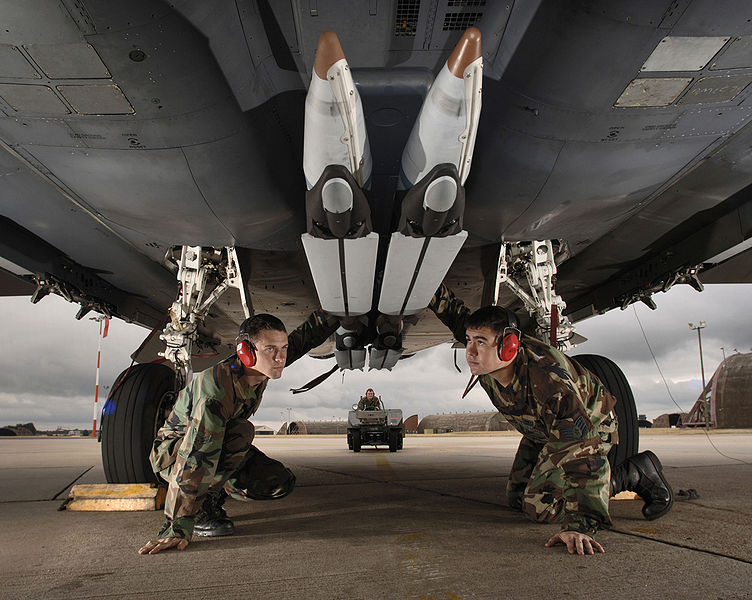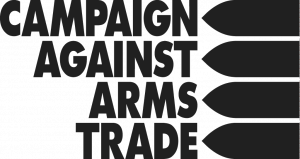DIME was designed by the US Air Force Research Laboratory (AFRL), see document 04-MN-16 (pdf) from 2004. The document was referred to but had vanished. The internet archive had a copy.
Defense update: Dense Inert Metal Explosive (DIME)
DIME are among the technologies considered for inclusion in the Focused Lethality Munition (FLM) Upgrades for the Small Diameter Bomb (SDB). FLM exploites focused lethality munitions, which would further reduce a small diameter bomb’s collateral damage. In the FLM, the steel casing will be replaced with one made of carbon fibers, thus eliminating fragmentation effect which, in standard bombs can reach up to 2,000 feet. FY2007 increase of $40.2M for Small Diameter Bomb (SDB) Focused Lethality Munition (FLM) supported teh examination of alternate bomb fills and casings into SDB Ipreparing for technology integration into SDB I.
DIME munitions can be delivered in a Small Diameter Bomb (SDB) Focused Lethality Munition (FLM) which appears to be designed for urban warfare.
Defense update: Small Diameter Bomb (SDB) reads:
The US Air Force is developing a Focused Lethality Munition warhead for the Small Diameter Bomb. The new warhead employs multi-phase blast explosive and a composite carbon fiber warhead case, allowing for pinpoint strikes with low collateral damage. The FLM warhead technology was developed at the Lawrence Livermore National Laboratory and the U.S Air Force Research Laboratory. Under a US$27 million Joint Capability Technology Demonstration (JCTD) program contract awarded in September 2006, Boeing will incorporate the FLM technology into the SDB I system, perform a series of ground and flight tests, and manufacture a limited number of FLM weapons. Boeing is expected to deliver the first 50 weapons for operational assessment in January 2008, with the Air Force procuring as many as 450 SDB I FLM units through 2012.
The SDB family of weapons developed by Boeing has quadruples the number of weapons an aircraft can carry, enabling aircrews to attack more targets on each sortie. Boeing led the SDB-I team with Lockheed Martin, with Boeing acting as the prime contractor, supplying the air vehicle, a derivative of SDB I, as well as the network data link system. Lockheed Martin, is responsible for the multi-mode seeker system, derived from the Joint Air-to-Ground Missile (JAGM).
In April 2006 Boeing, teamed with Lockheed Martin and Raytheon won two U.S. Air Force contracts (about $145 million each) for the competitive risk reduction phase of the SDB II program. SDB II is designed to accurately hit moving targets under all-weather conditions. SDB II will be equipped with a tri-mode seeker comprising a millimetre-wave radar, imaging infrared (IIR) camera and semi-active laser (SAL) all integrated into a single system. In August 2010 the Air Force announced Raytheon as the winner, selecting the GBU-53B design for the future increment of SDB.
For the SDB II phase Raytheon has developed an all-new, streamlined bomb casing and folding swept-wing. Raytheon is developing a tri-mode sensor for this weapon, based on the dual-mode seeker employed in the Precision Attack Missile (PAM) missile and Army Medium Range Munition (MRM) programs.
Boeing, Lockheed Martin, Raytheon … Where did I see those names recently again? Ah yes …








